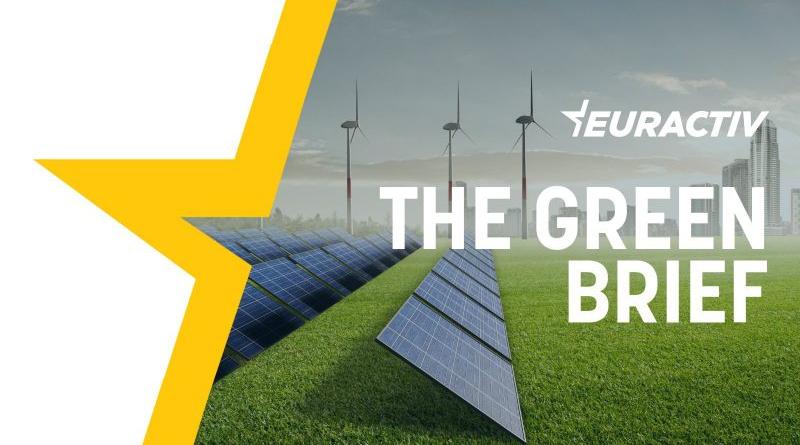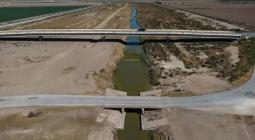The elephant in the room: How to restore Europe’s nature

Nature restoration and reversing biodiversity loss are essential parts of the European Green Deal, with the EU pledging to protect 30% of land and sea by 2030.
But the question of how to do this is highly contentious.
It is irrefutable that something needs to be done to save Europe’s nature – 81% of habitats are in a bad state and 1,677 European species are threatened with extinction, with human activity – including intensive agriculture, urbanisation and leisure activities, forestry, and pollution – among the key drivers.
But there are an awful lot of toes to step on in reversing the decline. Environment policy is always complex in Brussels due to major differences between ecosystems across Europe. And certain sectors, like forestry and farming, are deeply rooted in national identities.
The European Commission’s plan to revive its ecosystems, the Nature Restoration Law, has managed to step on almost every toe – from farming, fishing and forestry to housing and renewable energy production.
Views on the law range from scepticism to downright opposition, with a few fans standing stalwartly by it. There is a lot of support for nature restoration “in principle” but the elephant – or equivalent European mammal – in the room is how “in principle” becomes “in practice”.
EU climate chief Frans Timmermans warned about this in December, telling EU ministers: “We have to be careful that in principle doesn’t become a way of dismissing the ultimate concrete goals we will have to achieve.”
The proposal is on a knife edge after it was rebuffed by the European Parliament’s agriculture (AGRI) and fisheries (PECH) committees in May. It now risks becoming stuck in the endless eddy of EU legislative procedure if rejected by the environment committee (ENVI) on 15 June.
Already, the driving force opposing the proposal, the centre-right European People’s Party (EPP), looks ready to dig its heels in. The rejection confirms there is a “huge problem” with the Commission’s proposal, Christine Schneider, the group’s lawmaker in charge of negotiating it in the environment committee, told EURACTIV.
“We as EPP worked hard to improve the Commission’s proposal and to find compromises in the leading committee ENVI […] and I am still negotiating. There were hundreds of amendments tabled by EPP, which shows how serious we took this. Nevertheless, it is difficult to build something solid on a foundation that is too fragile,” she said.
Other groups are more positive, with the leading lawmakers from the centrist Renew Europe, the Left and the Greens telling EURACTIV they don’t want to see the proposal rejected.
“Any rejection of the Nature Restoration Law is a direct attack on the rights of European citizens for a toxic-free, liveable nature and the preservation of people’s livelihoods. The survival of species, including our own, must not be traded for short-sighted political campaigning,” said Jutta Paulus from the Greens.
Meanwhile, Renew lawmaker Maria Soraya Rodríguez Ramos said the rejection was worrying but not surprising and that she was confident the proposal would be adopted in the Parliament’s environment committee.
“We have listened and we are aware of the need to improve biodiversity and our ecosystems to ensure food security not only in the long term but also in the short term, which is already seriously threatened by severe droughts, pollinator decline, poor agricultural soil conditions, chemical waste pollution of our waters and aquifers. Therefore, this law responds to and has also taken into account important concerns of the agricultural and fisheries sector,” she said.
EU countries, meanwhile, are working to find a common approach by the meeting of environment ministers on 20 June. They also have issues with the law, including its administrative costs, how to share space with housing and renewables, and how to implement it in places where local authorities have a say, like in city planning.
However, several diplomatic sources told EURACTIV that EU governments are taking a “constructive” approach and are working on resolving the issues with the aim of agreeing on the law in June.
Before then, all eyes will be on the European Parliament’s environment committee to see if it manages to negotiate its way around the issues. But until Europe decides to take real action, its nature will continue to decline and, one day, the elephant may no longer be in the room.
– Kira Taylor
cover photo:Subscribe to EURACTIV's Green Brief, where you’ll find the latest roundup of news covering energy & environment from across Europe.





